Diverse groups tend to think harder about problems because they often disagree more. That disagreement isn’t a weakness, it’s a feature as it forces teams to examine assumptions, sharpen their arguments, and consider alternative viewpoints. It’s a bit like going to the gym. If you just stand around, nothing changes. On the other hand when you lift weights, your muscles tear and rebuild stronger. This may be feel uncomfortable but it’s how growth happens.
The same goes for diversity. When you are challenged by someone with a different background, accent, or lived experience, it can feel uncomfortable. It might even trigger defensiveness, I think that if you stay with it, this discomfort can become the source of better ideas, stronger decisions, and more resilient teams.





















